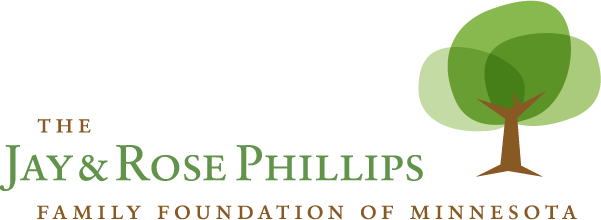For the past three years, the Foundation’s education grantmaking largely targeted two longstanding interests: supporting the post-secondary success of “middle quartile” high school students and, expanding access to high quality early education.
On the plus side, the early education movement has achieved amazing victories in the past few years ($45M Race to the Top grant, $17M in new funding for early ed. scholarships, creation of the Office of Early Learning, and more). Start Early, a coalition of courageous, committed foundations has supported and led this work. The early education community has never been stronger and we look forward to more victories in the upcoming legislative session. But from this point on, we’ll be cheering from the sidelines.
Our efforts to boost post-secondary success for students in the academic middle yielded more frustrating results. Despite great efforts at the programmatic level, the economic challenges facing public higher education make it difficult for college leaders to sustain investment in non-essential projects. We don’t see these financial trends turning around anytime soon, and therefore have decided to conclude our grantmaking in this area as well.
So where to next?
We are certainly not shifting away from funding education. In fact we’re increasing our giving and targeting the two strategies listed below.
Expanding Access to High Quality Schools
There is a growing and evolving constellation of organizations that are successfully closing academic achievement gaps and proving that all children can excel. Whether working directly with students, building networks of high-performing schools, or influencing statewide education policy, the Foundation seeks new grantee partners who share our impatience with the current, slow progress towards educational equity, and have the know-how to dramatically increase access to high-quality K-12 education for low-income kids of color.
We’ve already made a few grants to organizations that reflect this part the Foundation’s new education priorities.
- Charter School Partners is working on multiple fronts to infuse a stronger emphasis on quality into the school choice movement.
- Harvest Prep School is the hub of a growing network of odds-beating schools primarily educating African-American kids in North Minneapolis.
- Minneapolis College Preparatory High School is making dramatic gains with students in North Minneapolis.
If you think your school or organization also demonstrates bold ambition, strong results, and high standards, please connect with us.
Link Rigorous Academics, Technical Training and Real-World Experience
Vocational education has suffered a sad fate in recent decades. Once the focus of entire high schools, it dwindled first to programs within schools, and is now relegated to the margins of the high school experience. Concurrently, messaging about life after high school has come to focus overwhelmingly on the pursuit of a 4-year degree. It is not surprising, therefore, to see that participation in career and technical education courses has dropped from 40.8% of high school students in 1990 to 19.1% in 2009.
This is unfortunate on at least two counts. First, it denies interested students the opportunity to get a jumpstart on their desired career. Second, it limits opportunities for youth who do not excel at traditional academics to find success elsewhere in their high school career.
Into this void the growing field of “Career Readiness” is emerging. Career Readiness encompasses everything from youth employment programs to internship programs to career academies within high schools. In its best form, Career Readiness creates engaging work-based learning experiences that apply traditional academic subjects and technical training. When done correctly, this model produces higher graduation and post-secondary success for students – especially boys and youth of color.
Case Study: California’s Linked Learning model
The James Irvine Foundation has invested over $6 million to develop a network of schools and districts that offer high-quality experiential learning curricula that link academics to career pathways. Called “Linked Learning”, this network is growing rapidly. In 2012 Linked Learning programming reached 10,000 California students in 9 districts. In 2013 the state approved $250 million for districts across the state to implement this model. These results show why California legislators are so supportive of this approach:
- 95% of Linked Learning participants graduated compared to statewide avg. of 85%
- Boys participating in Linked Learning courses earned $10,000 more than their male peers in the four years after high school graduation.
- Linked Learning more than doubled the college entrance for minority students.
This approach does not yet exist in Minnesota but we can see similar evidence of the impact of high quality work-based learning in the strong outcomes of Genesys Works, STEP-UP Achieve, and the Scrubs camps offered by HealthForce Minnesota.
In order to build the field of academically-rigorous experiential learning in Minnesota, the Foundation plans to make investments at the program and system levels. Whether you are working directly with middle or high school youth, or developing better work-based learning options at the district, community or state levels – we want to talk to you.
We don’t presume that either of our revised education priorities offers a silver bullet solution to the educational equity challenges facing the Minneapolis-St. Paul region. Our well-documented achievement gaps have spawned programs, policies, and campaigns almost beyond counting, and still they endure. Faced with this frustrating and humbling assessment, we gather hope from the examples of schools, districts and community organizations that are making headway. We’ve crafted these education strategies to sustain and accelerate that headway in hopes that the promise of an excellent K-12 education can be extended to current students of color, not children of some future generation.
You can read more about the Foundation’s updated education strategies here.
If you want to share your ideas, or introduce us to your work, please contact me at jluedtke@phillipsfamil1.wpenginepowered.com or 612-623-1651.
